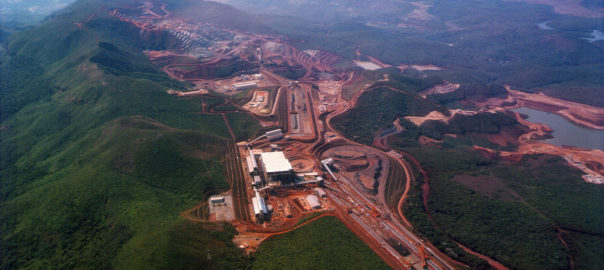Vale says Brazil’s National Mining Agency (Agência Nacional de Mineração – ANM) has authorised the partial resumption of dry processing operations at the Vargem Grande Complex in Minas Gerais.
The Vargem complex is comprised of three operating mines — Capitão do Mato, Tamanduá and Abóboras — and produces a mixture of fines, lump and concentrate products for the seaborne export market and the Vargem Grande pellet plant.
Vale said all operations of the complex were suspended by ANM on February 20, to prevent “occasional triggers” that could affect tailings dam stability as a result of ongoing activities at the complex.
Vargem was one of several operations that were suspended after one of Vale’s tailings dams ruptured at its Córrego do Feijão mine (Paraopeba complex) on January 25, 2019.
The decision will enable the partial resumption of dry processing operations at the complex within 24 hours, totalling about 5 Mt of additional production in 2019, thus increasing the supply of Brazilian Blend Fines, Vale said.
The Brazil-based miner reaffirmed its 2019 iron ore and pellets sales guidance of 307-332 Mt, as per previous announcements.








